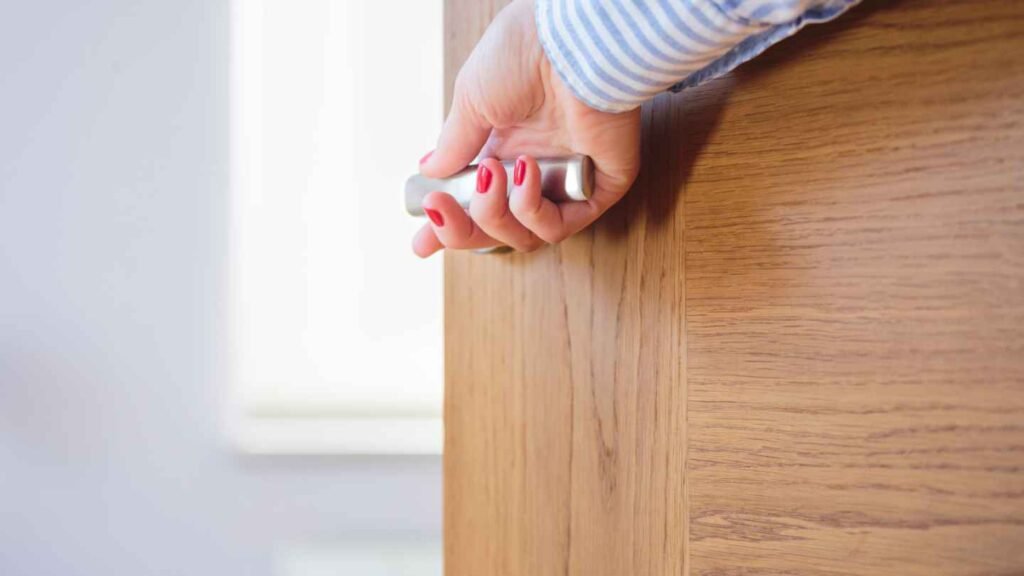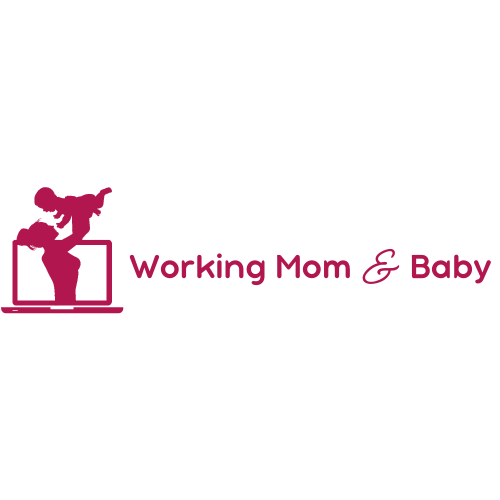Sleep deprivation hits differently when you’re juggling meetings, dinner prep, and midnight wake-ups.
You’ve tried tips and tricks, but here you are at 3 AM. You’re pacing the floor with a baby who won’t sleep alone.
If you’re a working parent searching for a good sleep training method, you’re not alone. Many parents are in the same boat. And you’re not doing anything wrong.
Let’s walk through this together. No pressure, no mom guilt, just helpful info and encouragement.
Related Reading: Sleep Training Isn’t Instant—Here’s the Honest Timeline I Wish I Knew
What Is Sleep Training, Really?
Sleep training is a gentle process that encourages babies to fall asleep without help and eventually sleep through the night.
It doesn’t mean ignoring your baby’s cries. It’s about slowly showing them how to calm themselves.
However, timing and techniques should always be shaped by your baby’s developmental stage and your comfort level.
And, what’s the goal?
The goal is to have more restful nights for everyone in the house.
When Can You Start Sleep Training?
Most paediatricians recommend starting between 4 to 6 months. This timing depends on your baby’s health, growth, and night feeding needs.
That said, you need to be ready too. Mentally, emotionally, and physically ready.
And remember, there’s no “perfect” time. Whenever you feel ready, and your baby seems ready too, that’s the right time.
Related Reading: How to Sleep Train a Difficult Baby—Tips You Haven’t Tried
8 Best Sleep Training Methods (Sorted from Structured to Gentle)
Here are eight of the most talked-about and effective methods. Look at how they work, and what might make them the right fit for your baby and your lifestyle.
1. Chair Method
This method gradually removes your presence from bedtime over time.
How it works:
You sit in a chair next to your baby’s crib without interacting. Night by night, you shift your seat a little farther from the crib until you’re no longer needed in the room.
✅ Best for babies with separation anxiety, parents who want to stay nearby.
❌ Takes longer. Some babies may get more frustrated.
2. Pick-Up/Put-Down Method

One approach to comforting your baby is to hold them when they cry, offering calm and reassurance. You can put them down once they calm down.
How it works:
Continue the pick-up and put-down routine until your baby feels secure enough to fall asleep on their own.
✅ Best for younger babies (under 6 months) or parents uncomfortable with crying.
❌ Can be physically exhausting and time-consuming.
3. The Sleep Lady Shuffle
It’s a balanced technique that offers reassurance while building sleep confidence.
How it works:
Similar to the Chair Method, but with brief reassurance and a slow exit strategy over 1–3 weeks.
✅ Best for parents who want minimal crying.
❌ Requires consistency and more time.
4. Fading Method (Bedtime Fading)
This approach slowly adjusts your baby’s bedtime to a more ideal schedule. It also helps them fall asleep with less assistance.
How it works:
Start with your baby’s natural sleep time and gradually move it earlier. At the same time, slowly reduce the physical comforts your baby usually relies on, such as rocking, nursing, or gentle pats.
✅ Best for babies who resist bedtime or fall asleep at different times each night.
❌ Progress can be slow, especially for overtired parents.
Related Reading: How I Got My Baby to Sleep Without Crying It Out
5. The 5-3-3 Method
This newer, mom-invented method is getting buzz for being structured yet responsive. It’s a form of timed check-ins with a specific rhythm that many parents find manageable.
How it works:
- Give it about 5 minutes before checking in after the first wake-up.
- If it happens again, wait around 3 minutes.
- On the third wake-up, wait 3 minutes again.
Then reset the cycle. The idea is to offer consistency without overwhelming your baby or yourself.
✅ Best for working parents who want a firm yet flexible approach.
❌ Progress often shows up after several days of consistency.
6. The Ferber Method (Check and Console)

Graduated extinction is another name for this method. This method encourages gradually increasing the time between your check-ins when your baby cries.
How it works:
After bedtime, wait a few minutes before going in to soothe your baby (without picking them up). Each night, add a bit more time before checking in.
✅ Best for babies who respond well to routines and need some space to learn.
❌ May not suit highly sensitive babies or sensitive parents.
7. Extinction (Cry It Out)
The most intense method, also known as full extinction. This means you put your baby down and don’t go back in until morning, unless there’s a safety concern.
How it works:
There are no check-ins. They gradually figure out how to fall asleep on their own.
✅ Best for parents needing fast results and babies over 6 months.
❌ Not recommended for younger babies or if it causes too much stress (for the baby or parent)
Related Reading: Is Sleep Training Hurting Your Baby? What Every Mom Needs to Know
8. No Sleep Training (Baby-Led)
Some families skip formal sleep training. They prefer to follow their baby’s natural cues and rhythms.
How it works:
Co-sleeping, nursing to sleep, or cuddling until the child eventually learns on their own.
✅ Best for families practicing attachment parenting or who can afford flexible sleep.
❌ May result in longer sleep disruptions.
So, What’s the Best Sleep Training Method?
Honestly, the ideal sleep training method is whatever fits your baby’s needs, your lifestyle, and your daily schedule.
You might try one and tweak it. You might mix two together. Or you might stop and try again in a few weeks when life feels less overwhelming.
Sleep training isn’t a parenting test.
It’s simply one piece of the puzzle in your baby’s development. And you’re doing great! Even when it feels like nothing is working yet.
Still exploring your parenting options?
Sleep training is just one part of the parenting puzzle. If you’re navigating childcare decisions too, you might find these helpful:
Secrets to Finding a Good Daycare: What Parents Should Look For
You’ve got this, Mama! One small step means a lot.

